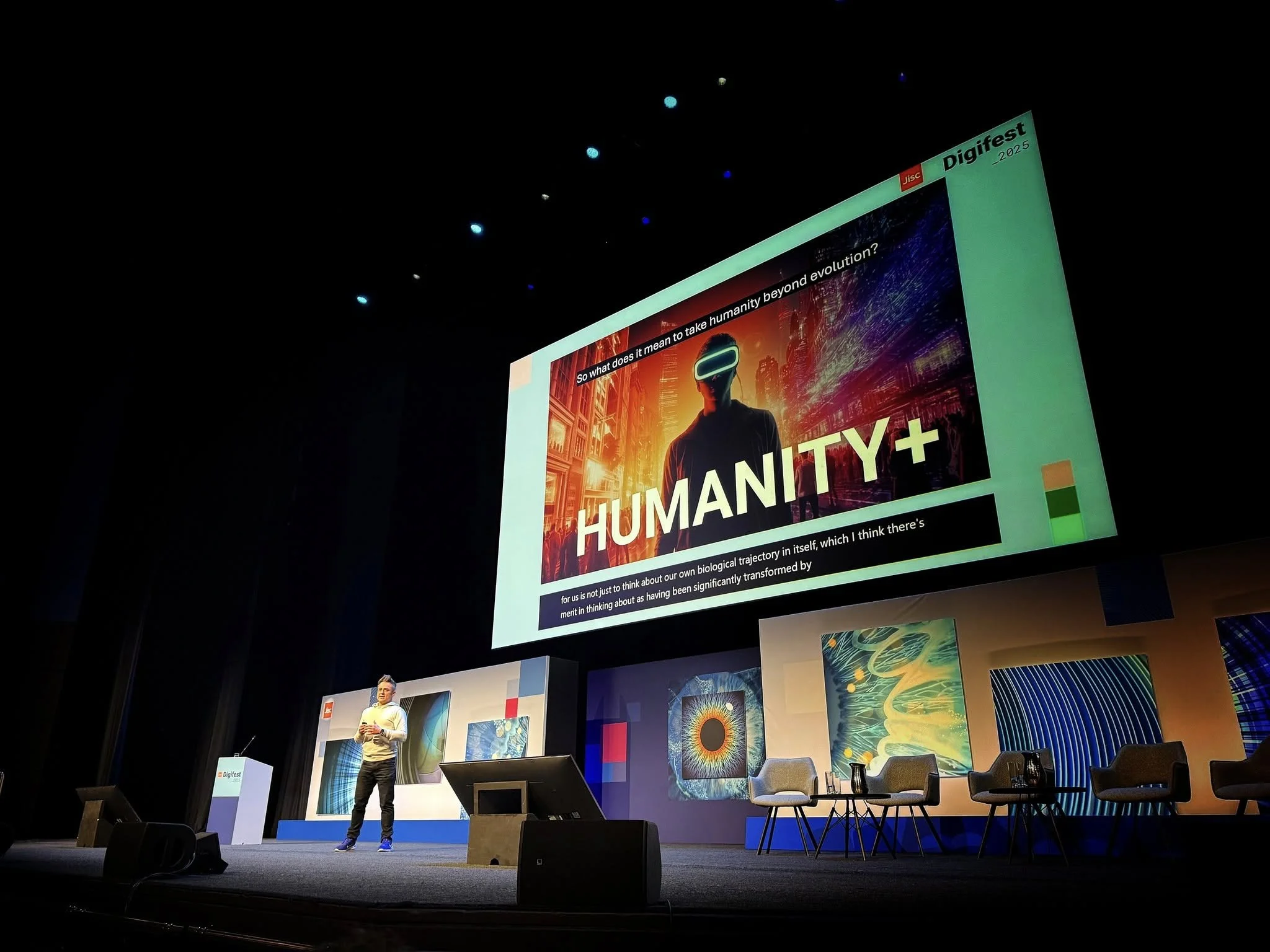
Make it stand out
What’s been happening?
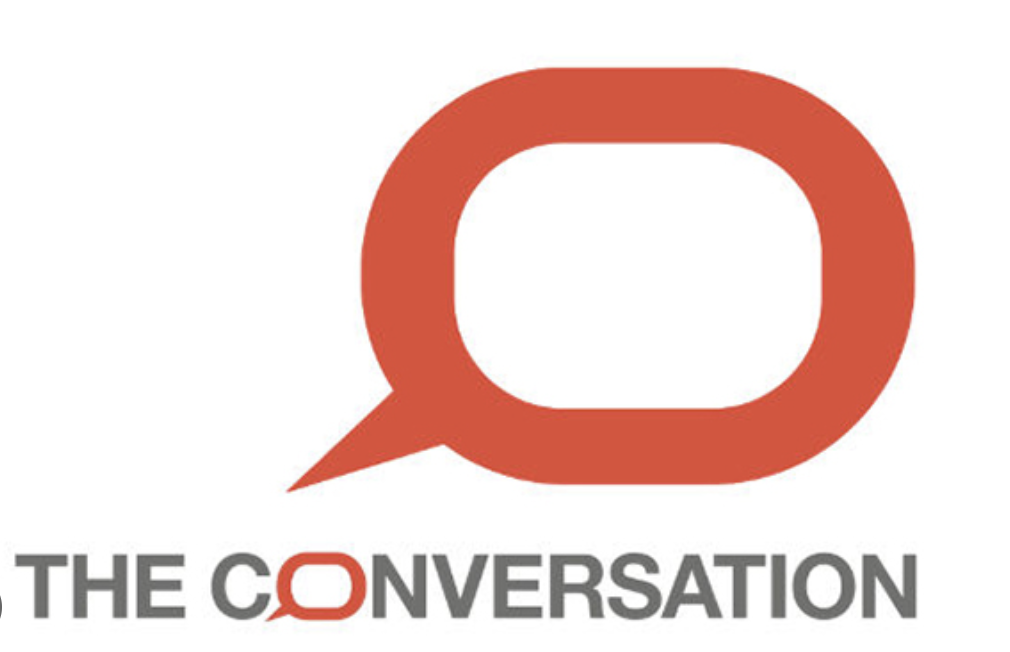
Artificial Intelligence is now translating fiction

REVIEW: Grand Theft Hamlet

Re-Imagining STEM, 30 years on

Don’t give up on your non-virus-related research
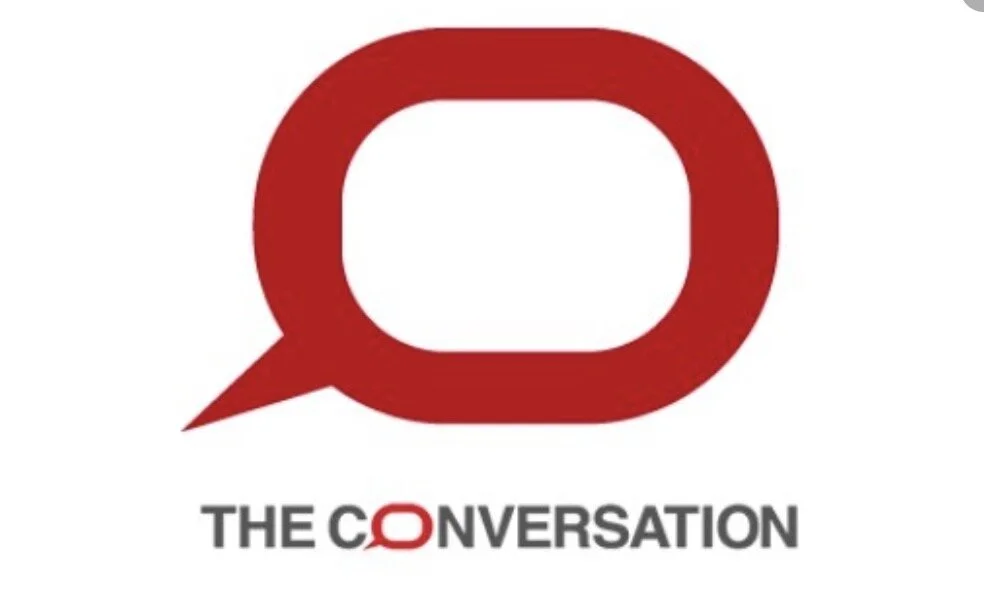
Esports is the future of all sports – here’s why
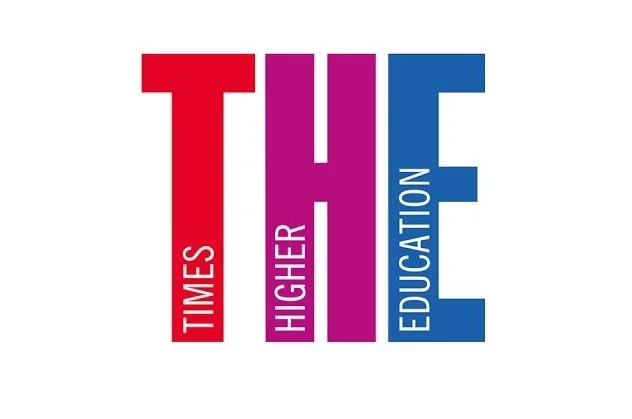
Are you TikTok Ready?
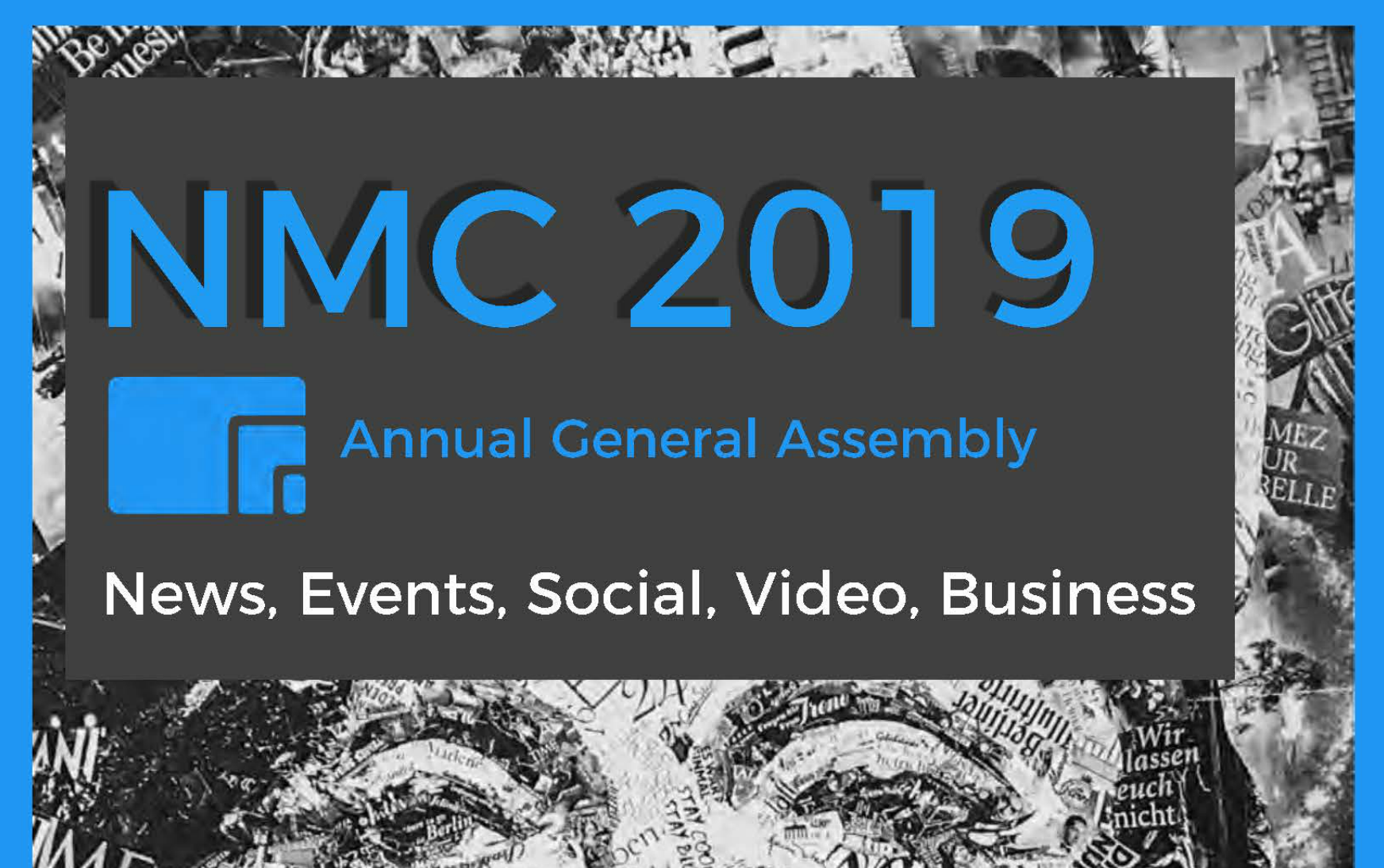
News Media Coalition
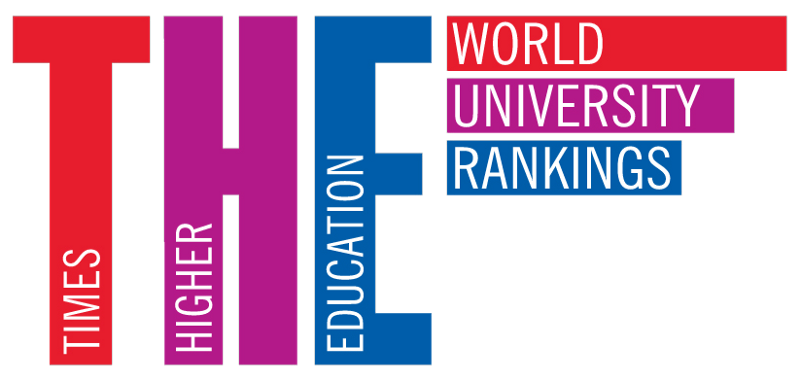
Good Science Begins with Communication

The X in Text
Sarajevo 1984, 33 years later

How artificial intelligence could provide some respite for the NHS
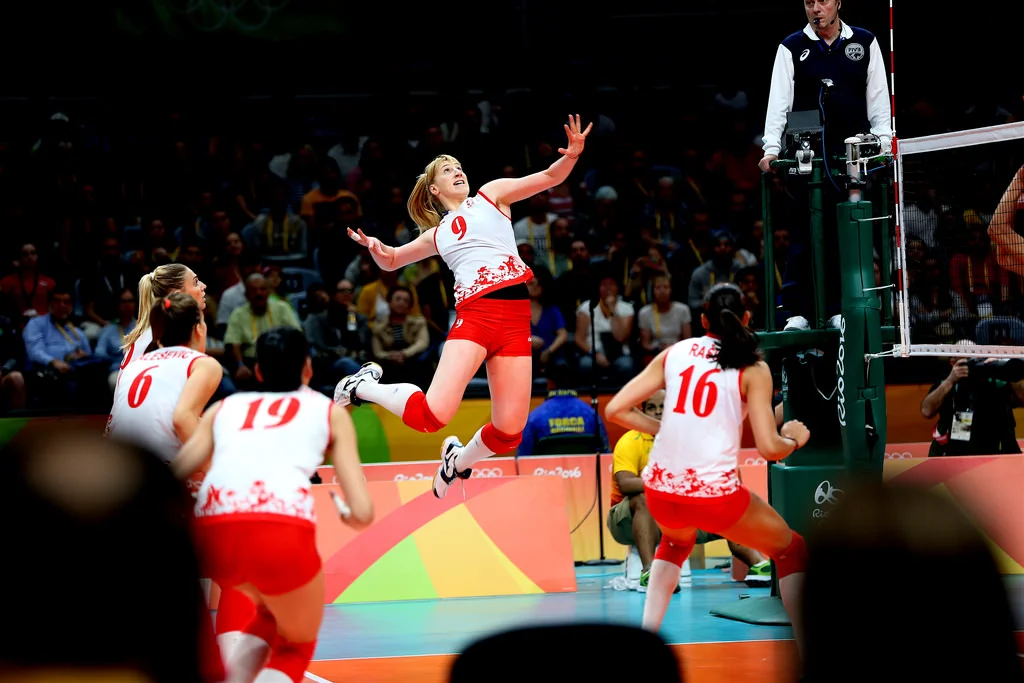
The Photographers of Rio 206

How will the Olympic Channel change television?

Can a six-second movie be considered art?

Nanjing 2014 Youth Olympic Games

Being Gay at the Sochi 2014 Olympic Games (2014)

Oscar Pistorius granted bail

Oscar Pistorius is more than just a fallen hero

Why the doping problem is here to stay

